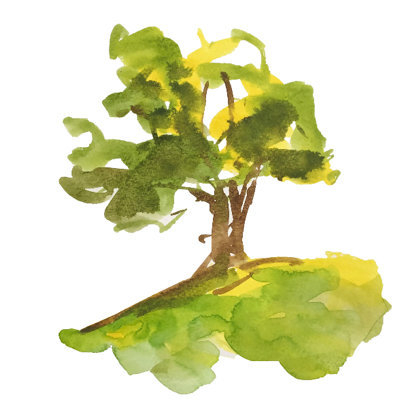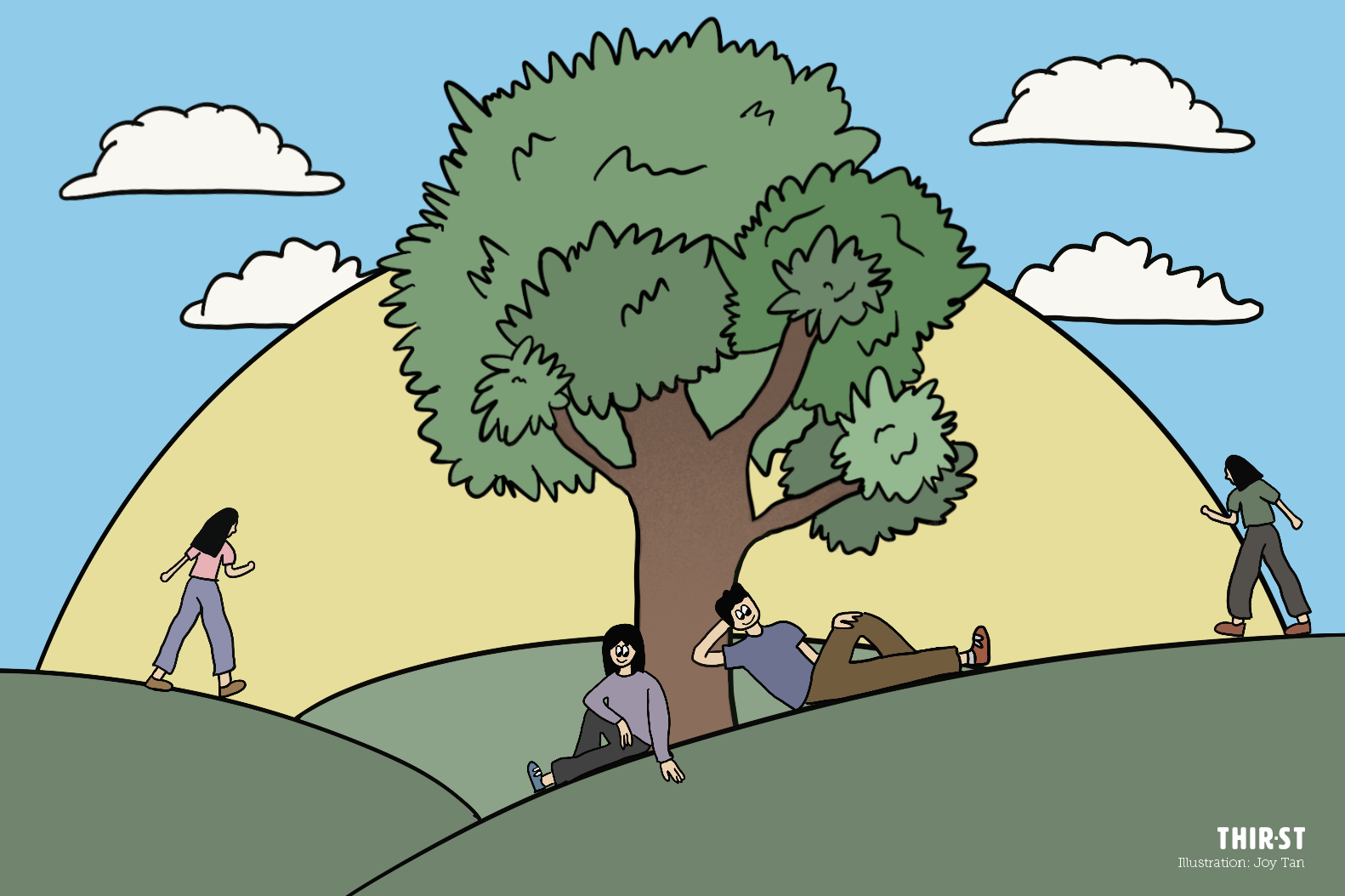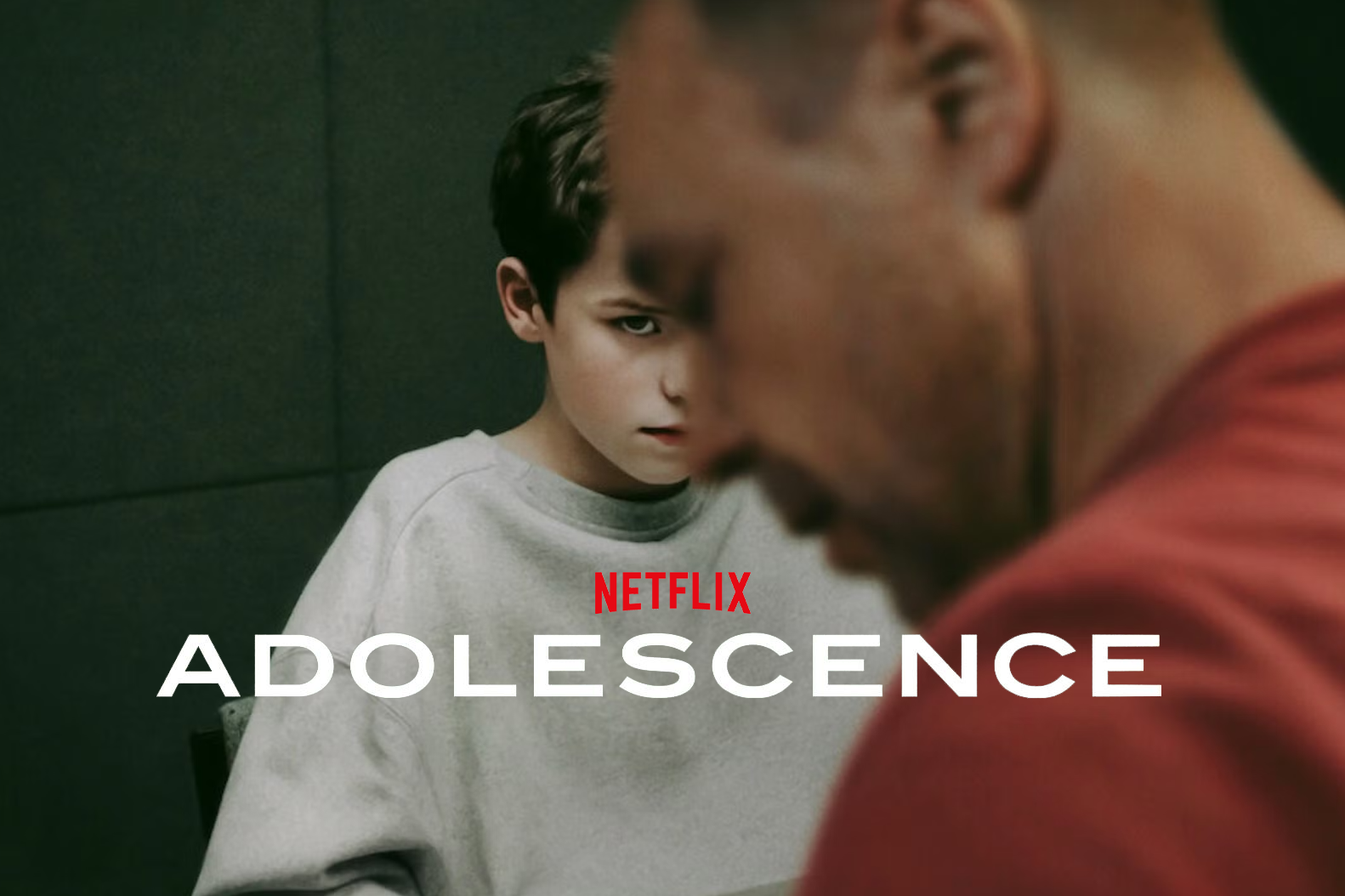Five years ago, I met and heard the stories of many Christians with same-sex attraction – they shared honestly and vulnerably about their experiences and how their church had responded.
I was also pained to see how LGBTQ issues had fractured the Church elsewhere in the world. It would be a redemptive work of God to see the Church unite on this matter and work on a redemptive response. Could it happen here in Singapore?
Along the way I learned directly from Christian pastors and leaders in Singapore and abroad (like Toni Dolfo-Smith, Vaughan Roberts and Wesley Hill).
They helped open my eyes to the biblical Christ-centred pathways for flourishing, the plausibility of living freely and faithfully, and the implications for local church communities.
“All those stories and insights that I have heard, more of the Church needs to hear them too,” I thought.
It would be a redemptive work of God to see the Church unite on this matter and work on a redemptive response.
And so, on May 4, 2018 (three years ago), some friends and I released the book Good News for Bruised Reeds: Walking with Same-Sex Attracted Friends at the Aliwal Street Theatre.
That’s how I got into a circuit of conducting church workshops as a service.
Fast forward to today… it is so heartening to see many more churches getting the conversation going, and seeking to develop their church culture in a direction that is full of grace and truth.
More ministries have also been launched to equip churches in this matter.
These are encouraging signs. This is a far cry from how I saw the situation in 2016.

In the last three years, I’ve facilitated workshops for church groups over 20 times and greatly appreciate their desire to get equipped. And for the first time, I recently had a church devote five sessions to this one topic.
Over the month of May, we covered biblical frameworks to think about gender, sexuality, marriage and family for people ranging from 13 to 70 years old.
Christians who experience same-sex attraction or gender dysphoria joined in at times to share their testimonies and answer questions; we were challenged to put ourselves in their shoes and see life through their eyes.
We also ventured into talking about engaging culture and society on this important yet sensitive matter. Young adults from two other churches were invited to join in (via livestream) so that more can learn together.
During the Q&A time, there would always be many very thoughtful questions to address.
But that’s not all – the church’s leaders arranged a separate session for us to meet and talk about how to follow up on what their members have learned.
I found myself richly blessed, both by what I’ve learned for myself and by the commitment and interest that I’ve seen in the class.
A VISION FOR THE CHURCH
I’m just a bit player in all of this work, but my experience has allowed me to articulate at last a vision for the Church.
And that is to see local church communities where people with same-sex attraction or gender identity issues feel safe to COME, BELONG, GROW and BLESS others as followers of Jesus. Let me unpack them a bit:
Come
People feel attracted to and willing to visit this church because of the love, authenticity and truth that comes through in its public communications; its members feel assured and confident to invite their friends and family. When visitors come, they feel safe as in a place of refuge.
Belong
People find that the members of the church are serious and sincere in their love, authenticity and truth-telling. They do not feel marginalised but are taught that everyone needs the grace of God. They feel a sense of belonging there.
People wish to stay because when they come, they are introduced to Jesus, and find that as He calls us to wholeheartedly follow Him, His promises are truly life-giving and liberating.

Grow
This is a church community that is intentional in helping people become more like Jesus, and to receive healing. It is a community that teaches people clear biblical pathways to grow and to flourish as persons, in spite of their brokenness.
Members learn to get real and serious with sin in their lives, no matter what form it takes. They are prepared to journey alongside one another in their struggles. They reject in themselves the spirit of judgmentalism and self-pride.
Bless
People who experience same-sex attraction or gender identity issues – or anyone else for that matter – are not seen as problems to be solved, but people who are valued and who can make meaningful contributions to bless the rest of the church community.
They learn to discover that through their brokenness, they may find redemptive, precious ways to serve the Body of Christ.

The picture is that of a large green tree – casting a large inviting shade under which all may come and find refuge; its luxuriant canopy a symbol of flourishing. This is not limited to only people with gender and sexuality struggles.
I know this is a big ask of a vision, but I believe with all my heart that it’s worth aspiring towards, by the power of the Holy Spirit.
And if this is something that you desire for your church as well, you are not alone. There are help resources and others who will gladly journey with you too*.
Much more work remains to be done. I hope at some time to discuss the matter of engaging culture and society. But if we can have more churches seeking to be like that green tree, it will be a big step forward.
*Contact me privately and I’ll gladly connect you!
- What is your vision for the Church? Describe how it would look like (or even draw it out!).
- What part can you play in making that a reality?
- Who can you invite into your community to COME, BELONG, GROW and BLESS?









